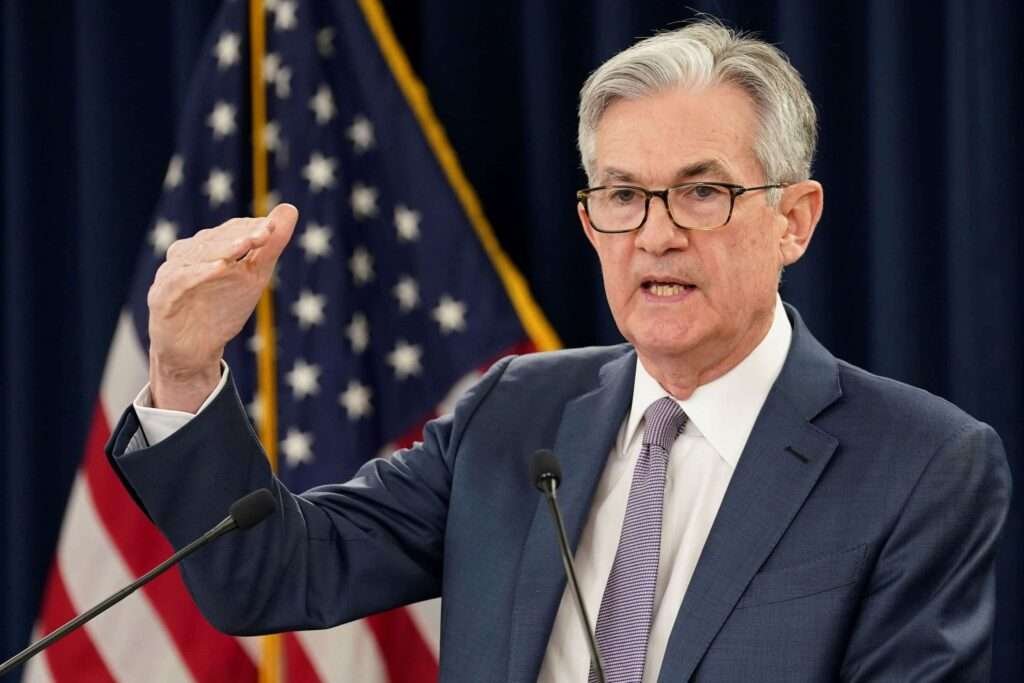A high-profile report on inflation released on Tuesday, December 13, 2022 shows another month of cooling prices and adds up to the evidence that, the pressures on American households are gradually easing.
A milder inflation report encourages optimism that the Federal Reserve will suspend its interest rate hikes sometime early next year.
According to the Data Provider Fact Set (DPFS) in US, consumer prices rose 7.3% in November compared with a year ago. Though still uncomfortably high, that would fall well below a recent peak of 9.1% in June and would amount to the fifth straight year-over-year slowdown in inflation, it stated.
DPFS further stipulated that, gas prices have dropped from their mid-summer highs and are lower than they were a year ago. Many supply chains have unsnarled, helping lower the costs of imported goods and parts. Prices for lumber, copper, wheat and other commodities have also fallen.
Fed officials and economists have pledged to focus more on Tuesday’s month-to-month inflation figures for a better read on where prices might be headed. Prices are expected to have risen 0.3% from October to November, which would extend a streak of slowdowns. Measured month to month, inflation had soared 1% in May and 1.3% in June but has averaged just 0.2% over the past four months.
To some economists and Fed officials, such figures are a sign of improvement, even though inflation remains far above the central bank’s annual 2% target and might not reach it until 2024.
Progress In Easing Inflation- Jerome Powell

Jerome Powell, the Chair of the Federal Reserve of the United States has said he is tracking price trends in three different categories to best understand the likely path of inflation.
These three categories he indicated were goods, excluding volatile food and energy costs; housing, which includes rents and the cost of homeownership; and services excluding housing, such as auto insurance, pet services and education.
In a speech two weeks ago in Washington, Powell revealed that, there had been some progress in easing inflation in goods and housing but not so in most services. Physical goods like used cars, furniture, clothing and appliances have become steadily less expensive since the summer.
“Used car prices, which had skyrocketed 45% in June 2021 compared with a year earlier, have fallen for most of this year. In October, their year-over-year price increase was just 2%. Housing costs, which make up nearly a third of the consumer price index, are still rising.
“But real-time measures of apartment rents and home prices are starting to drop after having posted sizzling price acceleration at the height of the pandemic.”
Jerome Powell
Powell explained those declines will likely emerge in government data next year and should help reduce overall inflation.
Powell in his suggestion further said services costs are likely to stay persistently high. “That’s because sharp increases in wages are becoming a key contributor to inflation. Services companies, like hotels and restaurants, are particularly labor-intensive. And with average wages growing at a brisk 5%-6% a year, price pressures keep building in that sector of the economy,” he added.
Not limited to that, Powell clarified services businesses tend to pass on some of their higher labor costs to their customers by charging more, thereby perpetuating inflation. Higher pay also fuels more consumer spending, which allows companies to raise prices.
“We want wages to go up strongly but they’ve got to go up at a level that is consistent with 2% inflation over time.”
Jerome Powell
Read Also : Ghana Reaches $3bn Agreement With IMF



















